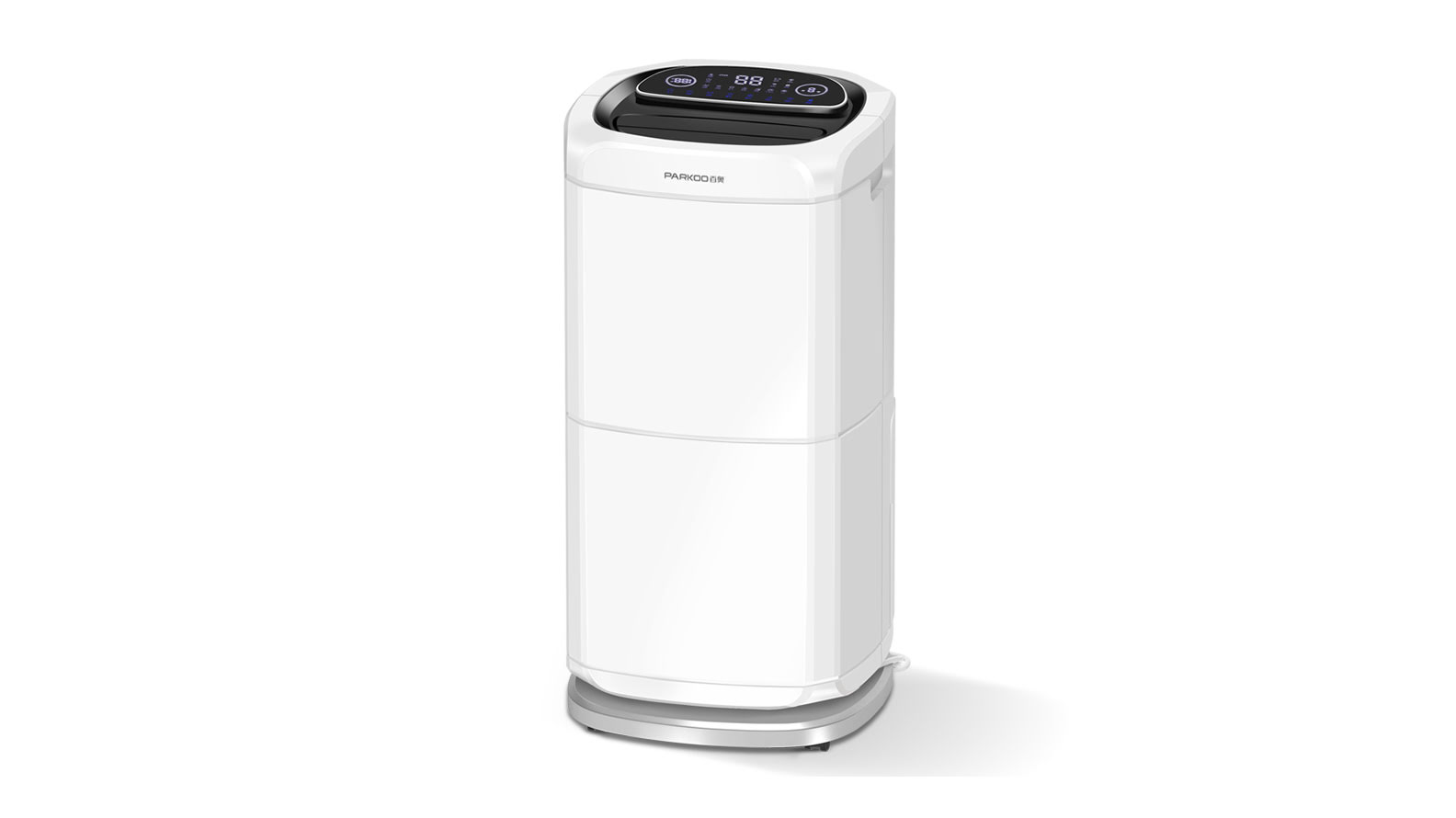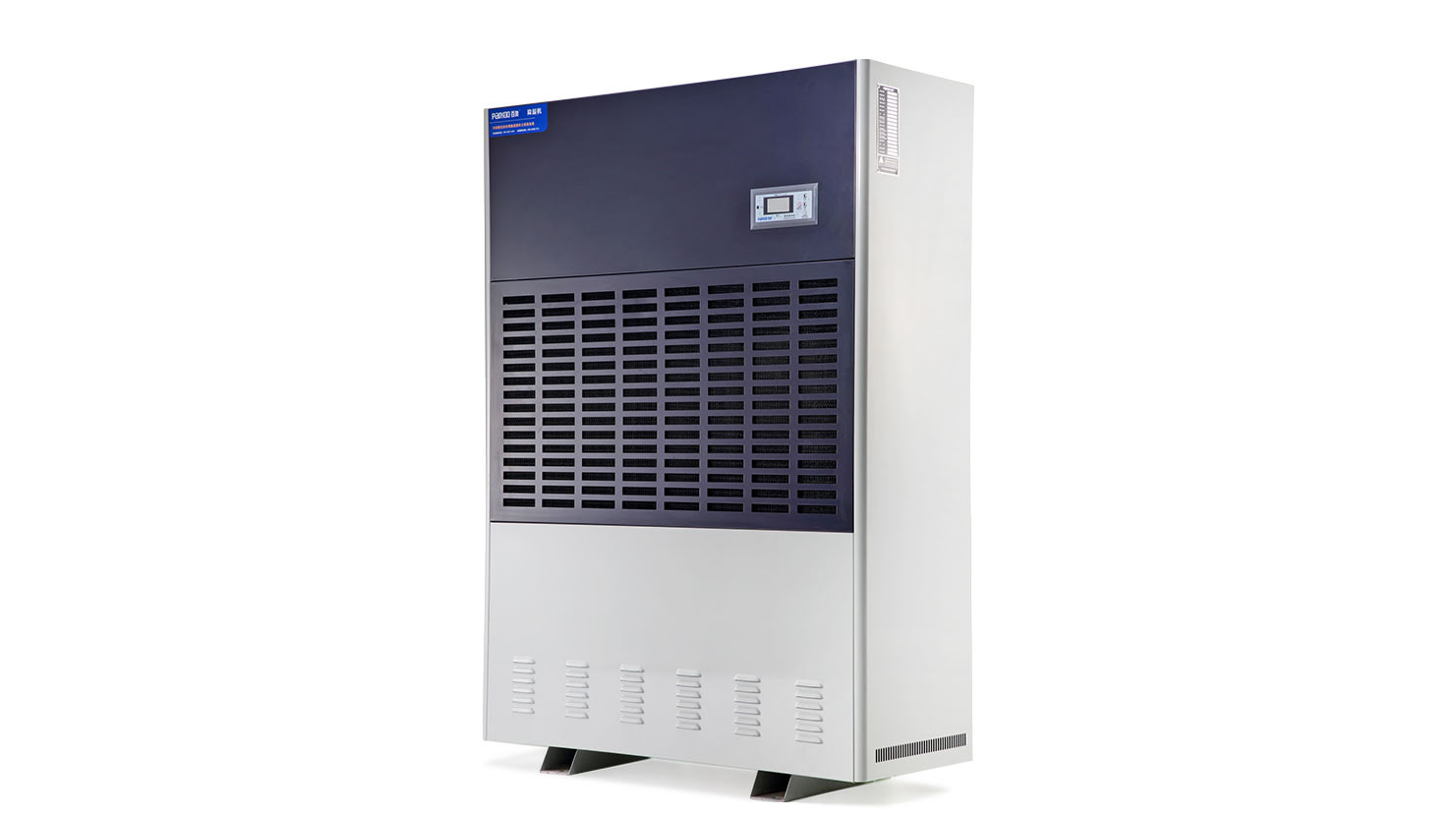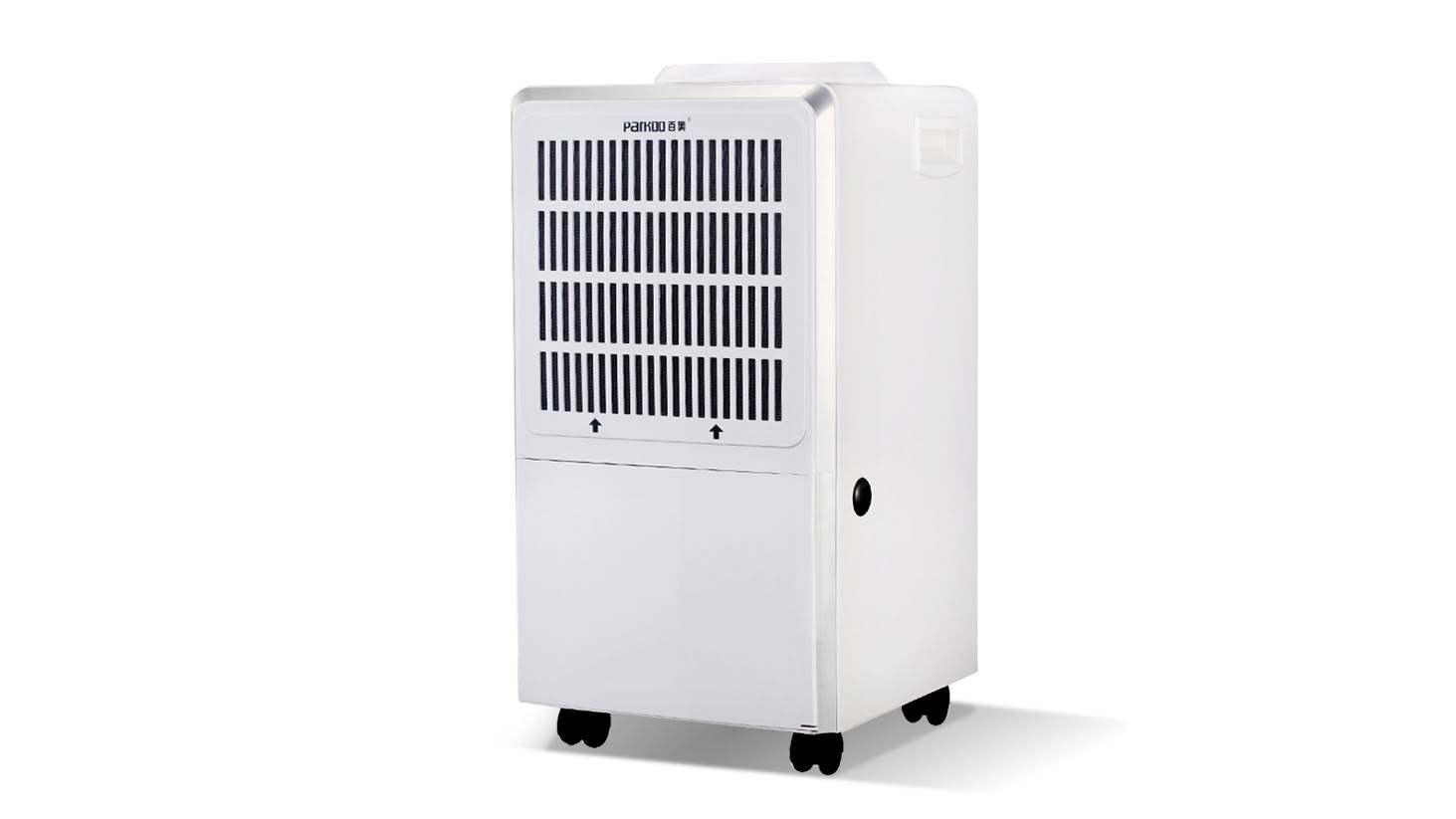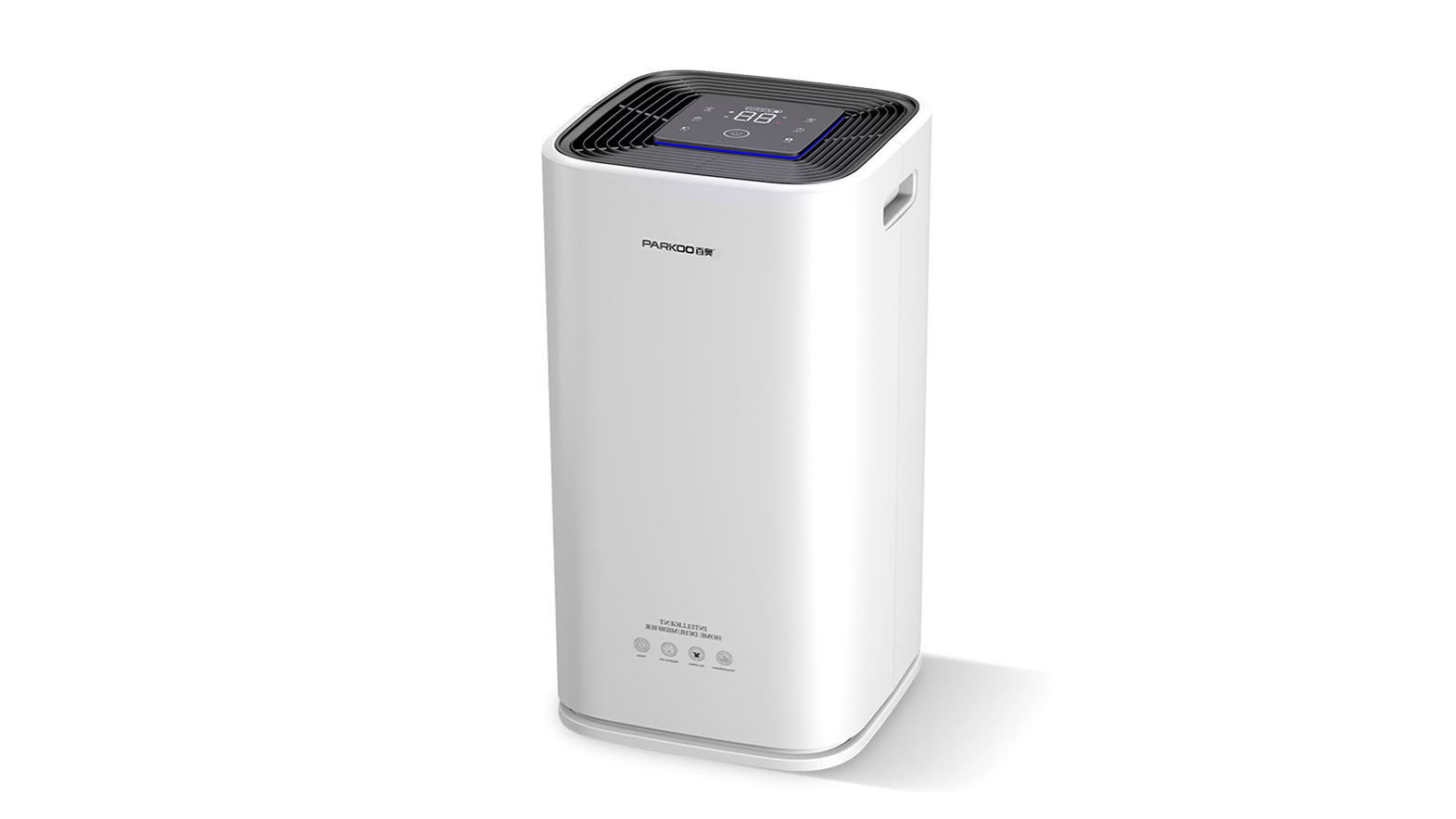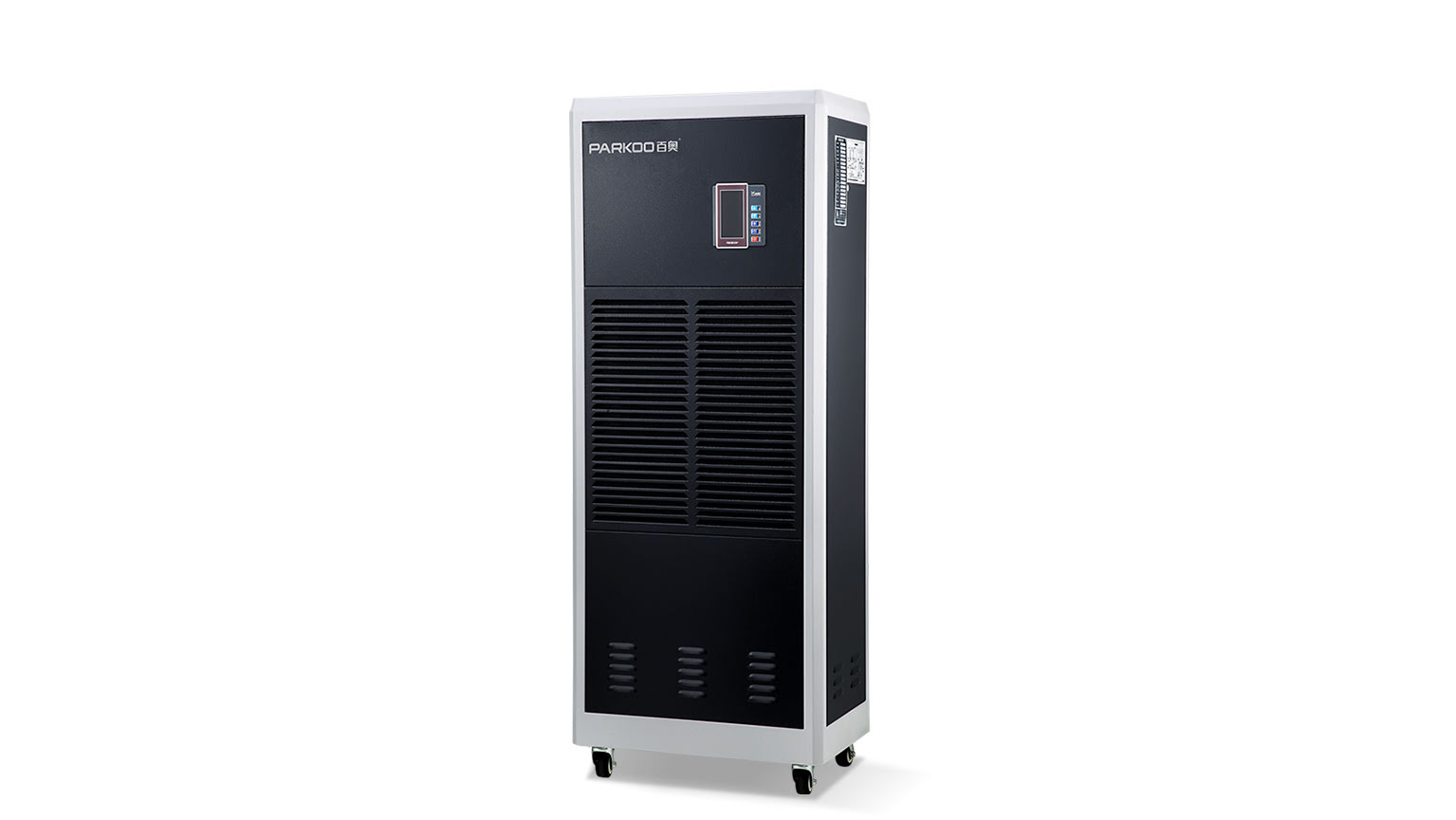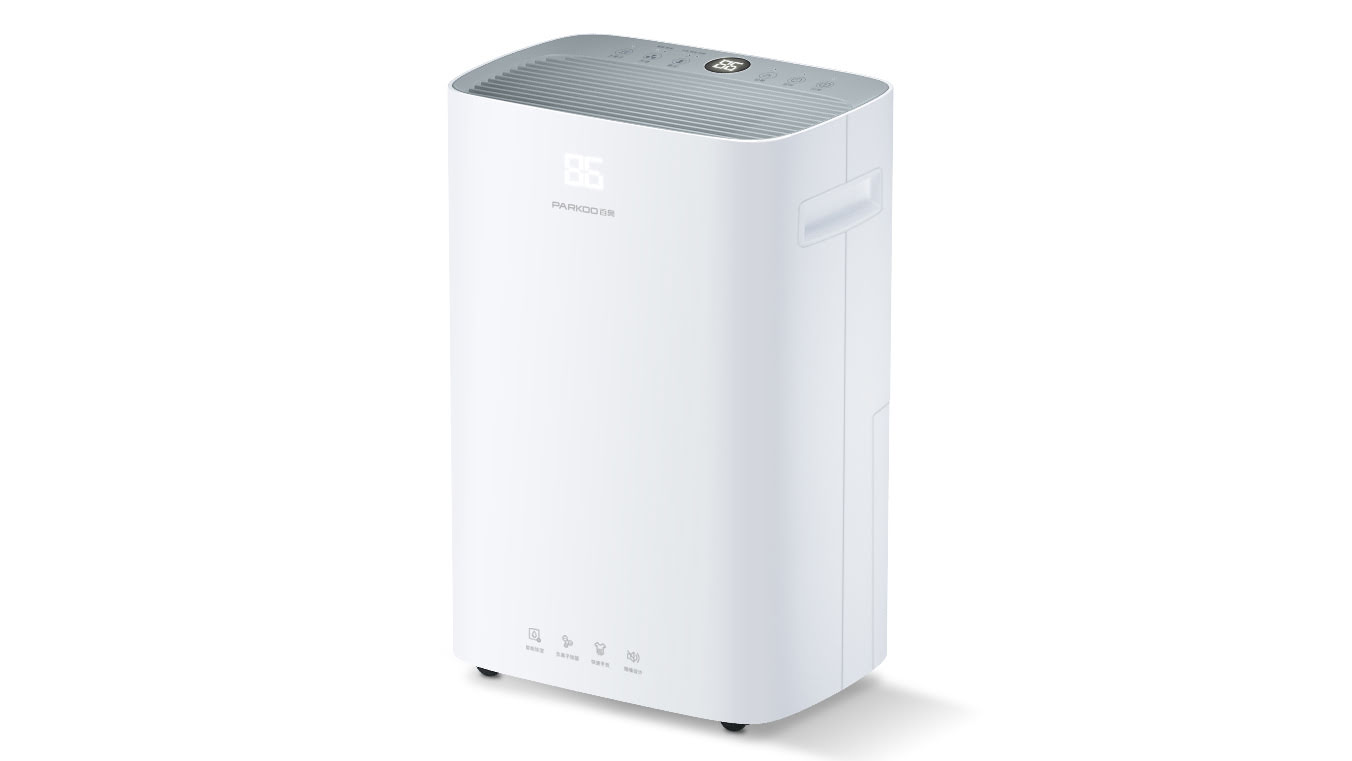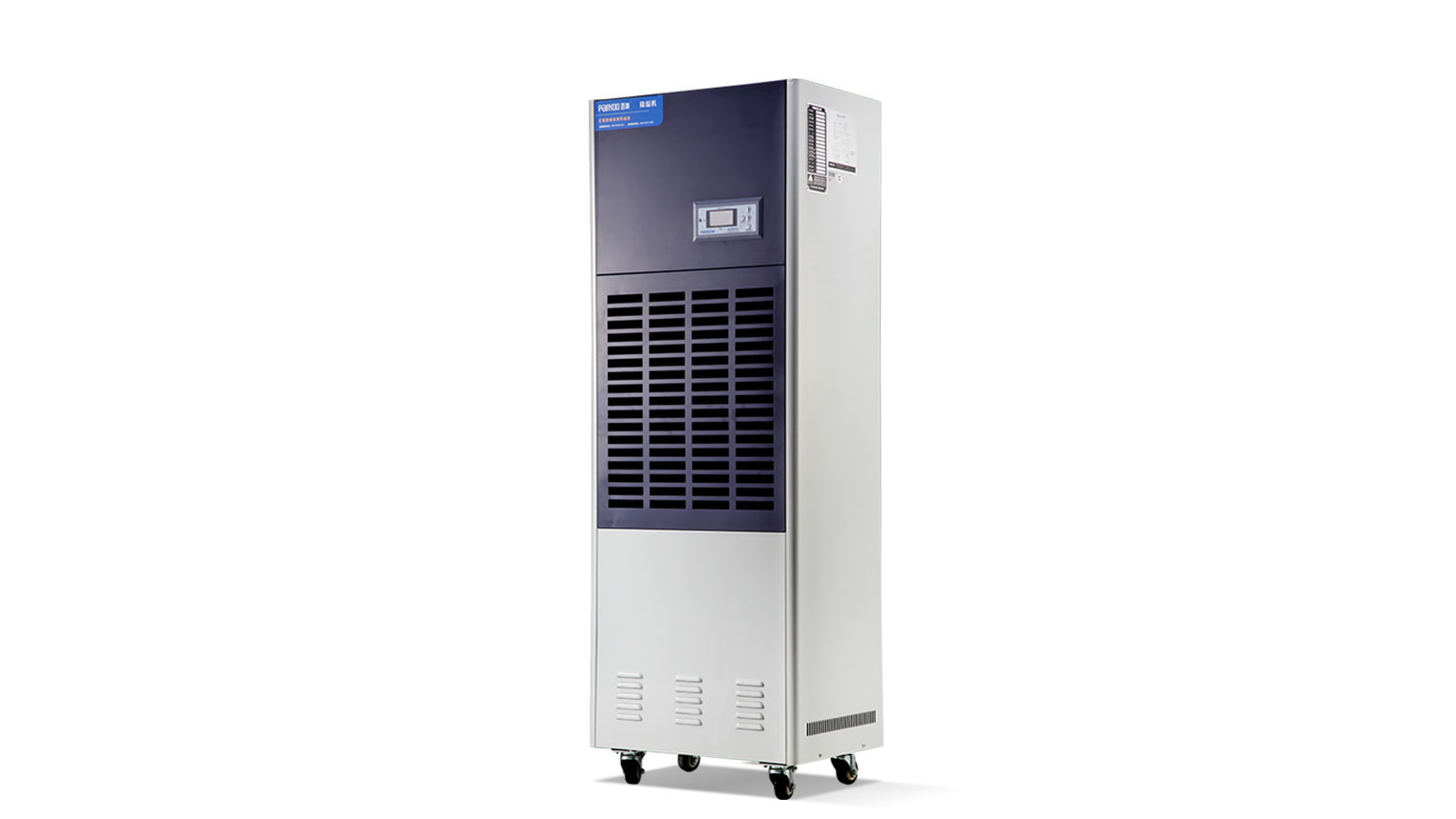for a long time, people have been trying to Find effective means to Prevent Moisture, mildew and corrosion, so as to solve the problem of safe storage. Focusing on the control of Environmental moisture, controlling the relative huMidity of the Environment at about 40% can ensure the storage safety of most aRTicles. In order to achieve this goal, people have adopted a variety of drying methods. There are Three traditional methods, namely, high-temperature dehumidifier, low-temperature dehumidifier and moisture absorbent dehumidifier
1. High temperature deHumidification method (recommended star level: ★) High temperature dehumidification mainly uses heating method for baking dehumidification, such as various Electric heating and far infrared drying ovens, ovens, etc. Due to the high working temperature, the articles made of organic materials will be destroyed. At the same time, the heat treatment effect of Metal materials will also be produced, which will change the properties of metal and Cause damage. And long-term continuous heating is also unrealistic. Therefore, as a long-term safe storage item, high-temperature dehumidification is not used.
2. Low temperature dehumidification method (recommended star level: ★★★★★) Low temperature dehumidification mainly uses refrigeration type refrigeration dehumidification. its working principle is to reduce the surface temperature of the condenser through refrigeration devices, so that the water in the air condenses on the condenser, and then drips out. any way of disCharging the moisture in the air of the sealed space in this way to reduce the humidity belongs to low-temperature dehumidification. Refrigeration dehumidification is the most effective, safe and economical dehumidification method at present.
3. Vacuum drying method (star level recommended: ★ ☆) uses vacuum pumping to remove water from the air in the drying cabinet. It is composed of a box and a vacuum Pump. Due to vacuum pumping, the requirements on the atmospheric pressure and sealing of the box and door are very high. Compared with the external dimensions of the box, the internal effective use space is small. And it can only be realized in Small boxes and cabinets, so it needs to be decompressed when using, which is inconvenient and expensive to purchase. The Application sCOPe is very small.
4. Dehumidifying method of moisture absorbent (star level recommended: ★★☆) is generally to place silica gel in a sealed container for dehumidification. The disadvantage is that when the hygroscopic agent is saturated, it Needs to be replaced or manually dried and regenerated, and the maintenance work is very complicated for years and months; more Importantly, because it is difficult to accurately predict the saturation time of the hygroscopic agent, the humidity in the container can not be accurately determined by the similarity rather than the discoloration degree of silica gel, so the hygroscopic agent can not be properly replaced in a timely manner.
1、 The harm of humidity, mold, oxidation corrosion and Industrial waste gas The level of air humidity is not easily noticed at ordinary times. Due to lack of understanding of this aspect and the lack of necessary preservation measures, the damage caused by humidity, mold and metal oxidation occurs quietly at any time, and the resulting losses can be seen everywhere. In the high humidity environment, the harm of humidity to industrial Products and other articles is mainly manifested in the mildew and deliquescence of non-metallic products, corrosion and other corrosion phenomena of metal products.
2、 Occurrence and harm of mold
1. There are many kinds of molds, including Ascomycetes, Algae, IncompLete Fungi, among which more than 40000 are invasive to industrial materials. The spread of mold mainly depends on spores, which are tiny powder and hard to be observed by naked eyes. Spores are ejected from molds. Because of their small size and light weight, they float around with the movement of air currents, dust and human bodies and objects. Once encountering an environment suitable for development, it can be grown and propagated, which is often called mouldy.
2. Mouldy conditions of the article 1) Humidity: When the relative humidity of the environment is greater than 60%, mold can grow. When it is greater than RH 65%, the Growth is accelerated. When the humidity reaches RH80-95%, it is a high incidence environment for mold. 2) Temperature: the mycelium of mold can grow at an ambient temperature above 8 ℃, and the growth is accelerated at an ambient temperature above 12 ℃. When the temperature is above 10 ℃ and the humidity is above 60%, the mold can cause harm to articles. When the temperature is 20-35 ℃ and the humidity is 75-95%, the mold can grow explosively.
3、 The occurrence of metal oxidation corrosion and the process of Harmful metal oxidation corrosion is the process of metal electrochemical reaction caused by water and oxygen in the air. scientific research has proved that the critical value of air relative humidity for metal oxidation corrosion is 70% for steel, 60% for copper, 76% for aluminum, 63% for iron and 60% for zinc. When the metal is stored in an environment above the critical value, the oxidation corrosion rate is accelerated with the increase of the air relative humidity.
4、 hazard mechanism and protection requirements of moisture, mold and oxidation corrosion
1. Optical lens In order to Improve the performance of modern optical lenses, multilayer films composed of polymer materials are coated on the lens surface. This layer of synthetic material provides rich nutrition for the growth and reproduction of mold. The mold decomposes the components of the film on the surface of the optical lens for growth and reproduction. The mycelium spreads on the surface of the lens in the form of a tree, Making the lens have Poor light transmission and imaging performance until the mycelium covers the entire lens. To ensure the safety of the optical lens, the lens should be stored in an environment with a relative humidity of about 40%.
2. Magnetic recording materials Magnetic recording materials are all made of polymer materials. The plasticizer, dispersant, etc. contained in them are suitable for mold decomposition and absorption. Although various magnetic recording material companies have more or less added mold inhibitors in their production, the so-called "mold resistant disk" cannot guarantee that the disk will not grow mold at all, it is just a difference in probability and speed. In fact, as long as the relative humidity of the environment is contRolled at 40%, the purpose of safe storage can be achieved.
3. The information Carrier of image film is composed of polymer material substrate and organic light-sensitive material coated on the surface, which is suitable for mold decomposition. In particular, the pHotosensitive drug film on the surface is most vulnerable to fungal invasion. Photographic film emulsion layer photosensitive drug film is also vulnerable to moisture hydrolysis, which damages film image. after mold growth, oxalic acid substances excreted by mold can erode silver shadow particles and dye image. The Ideal long-term storage environment for photographic film is 40% relative humidity, 1-8 ℃ temperature, and purified ambient air, which can achieve the goal of safe storage.
4. Optical recording electronic information media Optical recording records signals by recording concave and convex pits on the surface of the optical disc, and then coating a layer of aluminum film to reflect the signals. However, the plastic protective film on the surface of the optical disc has the property of penetrating a trace of water, and the brightness of the aluminum film will be oxidized due to the electrochemical effect of water in a high humidity environment, resulting in reduced brightness, which makes the optical disc unable to read or misread signals, It is scrapped because it cannot be played normally. Therefore, in order to prevent oxidation, the disc can be stored in an environment with 40% relative humidity to ensure safety.
5. Most electronic devices are required to be stored in dry conditions. Otherwise, the capacity of capacitor will be reduced after being affected with Damp, and the integrated circuit is easy to have internal faults after being affected with damp; Humidity will also oxidize the pins and connectors of the computer CPU, the gold finger of the board card and the electronic equipment, resulting in poor contact or poor weldability, crystal oxidation, etc. The electronic devices can be safely stored in an environment with 40% relative humidity.
6. There are many kinds of precision machinery, instruments and high brightness metal precision machinery, such as spectrometer, high-precision Balance and other precision instruments, block gauge and other precision measuring tools, as well as other precision mechanical products such as precision Measurement, measurement, processing and experiment, and high brightness metal articles. Even if the oxidation caused by tiny amount of water, it will also lead to inaccuracy, precision decline, brightness decline, poor working performance and even scrapping, However, modern precision instruments often have electronic components, which can also lead to failures after being affected with moisture. It can be safely stored in an environment with 30-40% relative humidity.
7. Powder material copier The toner, powdered drugs, powder metallurgy materials, powder chemical materials, milk powder, coffee and other powder materials will have deliquescence, caking, or changes in properties and chemical composition, resulting in loss of Efficacy, thus affecting the use or scrap. It can be safely stored in an environment with 30-40% relative humidity.
8. chemicals, medicines, spices, many kinds of chemicals and medicines can cause changes in composition and properties after being affected with damp. some western medicines, Chinese patent medicines, Chinese medicinal materials, etc. will reduce the composition and efficacy or have adverse changes after being affected with damp, and will be scrapped after becoming mouldy. Spices will make the aroma lose, and the instant adhesive will solidify. It is safe to store it in an environment with 40% relative humidity.
9. Paper products made of paper, wood, silk and leather are widely used for archival materials, literature, cultural relics, calligraphy and painting, stamps, photos and various important bills, filter paper, test paper, etc. Wood products, silk products, leather products, etc. are widely used in all aspects of life, works of art and antiques. They all contain a lot of cellulose, which can be broken down into glycogen for absorption by the mold after being affected with moisture, so it is very easy to cause mold invasion. The chemical test paper can not indicate normally due to the change of composition. It is safe to store it in an environment with 40% relative humidity.
10. Tobacco, grain, Tea, seed tobacco, grain, tea, Seeds, etc. are vulnerable to moisture and damage: tobacco, grain, tea, and seeds will beCome stale and moldy, and the seeds will not germinate when moldy. In particular, once a large area of mildewed and rotted warehouse is produced for the above goods in a large number of wareHouses, the loss caused is even more alarming. It can be safely stored in 40% relative humidity environment with timely warehouse turnover.
